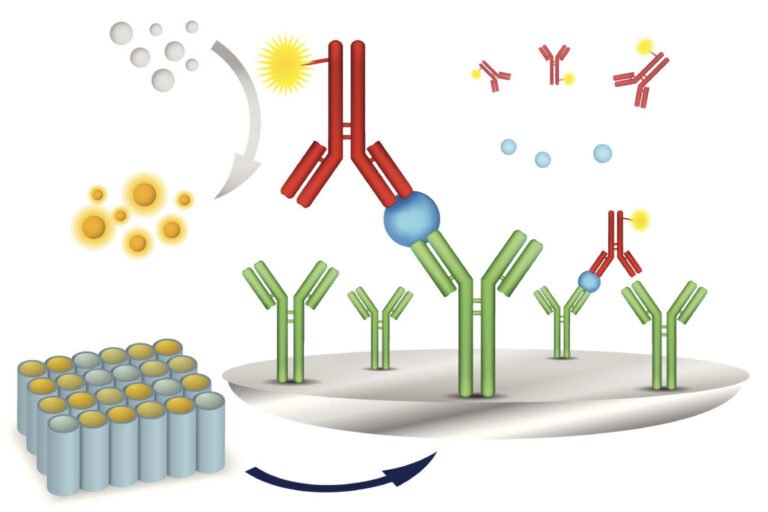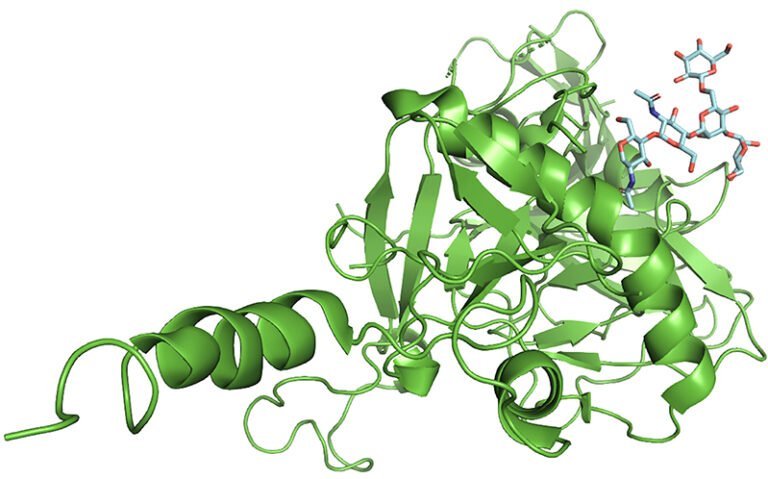Decoding Autoimmunity: Unravelling Rheumatoid Arthritis with ELISA-based Detection of IgG Class Antibodies Against Citrullinated Peptide
Introduction:
Autoimmune diseases represent a complex group of disorders where the immune system mistakenly targets the body’s own tissues. Rheumatoid arthritis (RA) is one such autoimmune condition characterized by chronic inflammation, joint damage, and systemic complications. Detecting specific antibodies associated with RA, such as IgG class antibodies against citrullinated peptides, plays a pivotal role in early diagnosis and effective management of the disease.
Understanding Citrullination:
Citrullination is a post-translational modification where the amino acid arginine is converted to citrulline. This process is mediated by enzymes called peptidyl arginine deiminases (PADs). In RA, the immune system recognizes citrullinated proteins as foreign, leading to the production of antibodies against them. Among these antibodies, IgG class antibodies are particularly crucial due to their involvement in the inflammatory cascade.
ELISA Method: A Powerful Diagnostic Tool:
Enzyme-Linked Immunosorbent Assay (ELISA) stands out as a reliable and widely used method for detecting antibodies in biological samples. When it comes to identifying IgG class antibodies against citrullinated peptide, ELISA provides a sensitive and specific platform for accurate measurements.
Procedure:
Sample Collection:
Human serum or plasma samples are collected from individuals suspected of having RA or related autoimmune conditions.
Coating the Plate:
Citrullinated peptide antigens are immobilized on the surface of a microtiter plate, creating a solid phase for antibody binding.
Blocking:
Non-specific binding sites on the plate are blocked to prevent false-positive results.
Incubation:
Patient samples are added to the plate and incubated, allowing IgG antibodies to bind specifically to the citrullinated peptides.
Washing:
Unbound substances are washed away, leaving only the antigen-antibody complexes.
Detection:
A secondary antibody, conjugated with an enzyme, is added to the plate. This enzyme produces a measurable signal in the presence of its substrate.
Quantification:
The intensity of the signal is directly proportional to the concentration of IgG antibodies against citrullinated peptides in the sample. This allows for quantitative analysis.
Significance of IgG Antibodies Detection:
Early Diagnosis:
Identifying IgG antibodies against citrullinated peptides early in the disease process enables prompt intervention and better outcomes.
Prognostic Value:
The presence and concentration of these antibodies may serve as prognostic markers, helping predict the severity and progression of RA.
Treatment Monitoring:
ELISA facilitates the monitoring of antibody levels during treatment, assisting healthcare professionals in adjusting therapeutic strategies for optimal patient care.
Conclusion:
In the intricate landscape of autoimmune diseases, the detection of IgG class antibodies against citrullinated peptide by ELISA emerges as a valuable diagnostic and prognostic tool. This method empowers clinicians to make informed decisions, leading to timely interventions and improved outcomes for individuals grappling with autoimmune conditions like rheumatoid arthritis. As research advances, ELISA continues to play a pivotal role in unraveling the mysteries of autoimmune disorders, paving the way for more targeted and personalized approaches to patient care.







